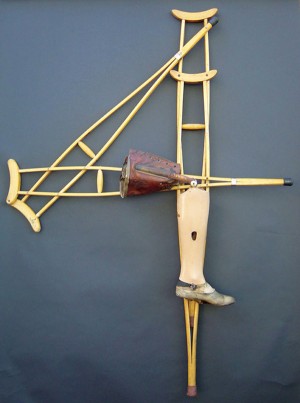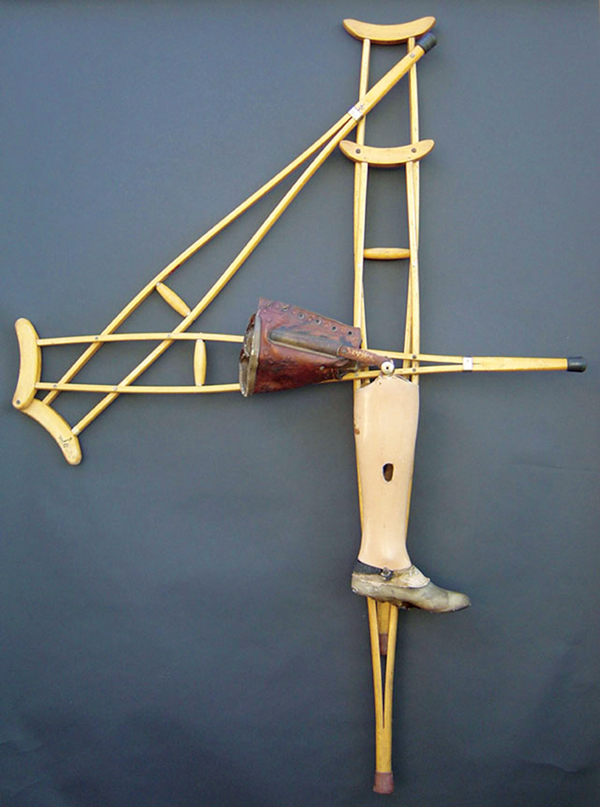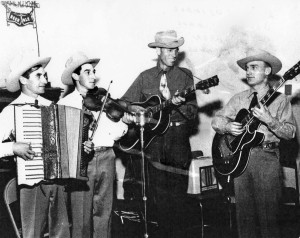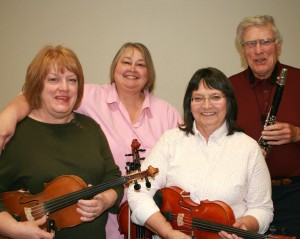By Mel Strawn
There are a lot of artists in our mountain region. Salida is recognized as one of the “best art towns” in the U.S.. It has galleries, art walks and studio tours. It has visual artists, poets, novelists, dancers and musicians as well. Yet, with all this it seems to me there are some missing elements. One of these is a recognized, ongoing venue for critical/appreciative commentary and dialogue – at least in the visual arts. One of the functions of informed criticism is to enhance awareness and appreciation as well as to challenge. Without it, ambitions, rewards and creative life in general are diminished. There are here, in fact, some venues and informed commentary on occasion: Jeff Donlan’s sensitive and supportive column in The Mountain Mail. Salida Citizen offers a reader’s comment function on line. Arkansas Valley Arts Center has a newsletter and a small gallery. ArtWorks sponsors events. Yet there is little predictable discussion of the ideas, achievements and wider context/import of the visual arts here.

Performance arts – music, dance, plays, poetry readings, etc. typically engender applause (recognition and appreciation), footnotes, introductory speeches, etc.
Visual arts – painting, photography, sculpture, etc. seldom engender applause. These works of art are essentially nonverbal and seemingly static. Viewers often seem at a loss for words (art is non-verbal, after all) and shy about expressing anything about the works themselves. The artists get little real feedback; what difference their efforts make is seldom known. Non-verbal arts are too often met with non-verbal responses (or lack thereof).
What would greatly add value and challenge to the visual arts and cultural life in this region is a recognized, critical presence in the form of a printed column. Needed: the qualified person(s) to initiate it and the venue.
In the context of the above, I’d like to comment on a few actual art events here in Salida. All at the same time – during the weekend of Art Walk and later – there was plenty to look at just in the SteamPlant alone: Merry Cox’s unfolding saga of our auto culture (no hybrids) on the long, green sculpture garden wall. Jimmy (Rocket Man) Descant’s in-your-face documentary views re: war’s cost, democracy’s crippling, lies, greed and consequences. There are other new and wildly varied works in the Sculpture Garden itself and a stunning two-man show of pigment print/photographs by Scott Engel and graphite drawings by Rich Tyler.
Scott Engel’s images are closely related, black and white essays on a simple visual event: what happens when ink is dropped into wet, white space (paper). Well, what happens is quite varied. None of them “mean” anything, they are not images in the ordinary sense. No stories are told-but each is unique, a visual landscape akin to cosmic events or to geologic workings. Typically, a dense ‘black hole’ is central and maybe suggests just that – or, perhaps a Zen enso – usually a black circle in ink and brush. These are readings we may bring to the work discovering fresh ways they may be viewed. Each, however, records a silent presence of black and white, working effortlessly in search of a final equilibrium, intricate in detail and rhythmically beautiful – at least to those who simply look with receptive openness. What difference it makes, then, is the measure in thought and feeling one finds while viewing one of these, in one’s own life, even if for a moment. (Some of life’s best moments are brief.) These works are stunningly simple; (“anyone could do that!”) – but not anyone else has done so and presented the results so elegantly for the rest of us. While each is engrossing to look at, the series makes a larger point: that the endless variety of events taken together expands one’s vision. Do they look like photographs? That’s not the point. It is not up to me to give you the meaning, the import of these images; that is your job as viewer. Scott’s ‘fotos’ are questions with built-in answers available uniquely to each viewer.
Rich Tyler’s graphite (pencil) drawings are also (I think) not images of things or places, but graphic labyrinths of sensuous, moving tones. They are dense, mysterious and very complex – as complex as, seemingly, Scott’s are simple. The dense graphite lines, very much on the move, suggest organic tangles creating and enclosing dark interiors. Make of them what you will, they are suggestive not only of things growing, but of events intervening. Some marks are slickly erased or interrupted, cut off from further movement. The drawn quality of the greys, blacks and whites render an overall feeling, a tonality or kind of harmony that binds each drawing into a strong, distinct spatial structure, something to look at, to ‘read’ as we will and to realize it as our reality for the moment.
Rocket Man’s works, meanwhile, in an adjoining building, present no mysteries – other than that of why humans can and do behave so miserably. The instruments, emblems and symbols of human-induced suffering and loss are arranged with words that make the causes and responsibilities very clear. The tools of art, making a statement in a visually compelling way, give us art as social and political commentary. The point is not the art …
So, what difference, if any, does all this make? As individual works along the lines discussed above, they are of relatively small consequence. Contrary to a popular saying, they are not just “self expressions” but statements of a sort resulting from individual thought and speculative, creative activity. As one-by-one experiences multiplied by many artists’ offerings they are part of a creative culture, a way of living, discovering, thinking, growing and changing that seems to me vastly to be preferred to many others, such as getting rich in pursuits designed to destroy. Art has to do with sensibility and its nurture (among other things). Without sensibility, the opposite of life is almost guaranteed. Pay your money, make your choice. Actually, much of it is offered free of charge …
Mel Strawn is a Professor Emeritus, School of Art, University of Denver and resident of Chaffee County for 23+ years.



